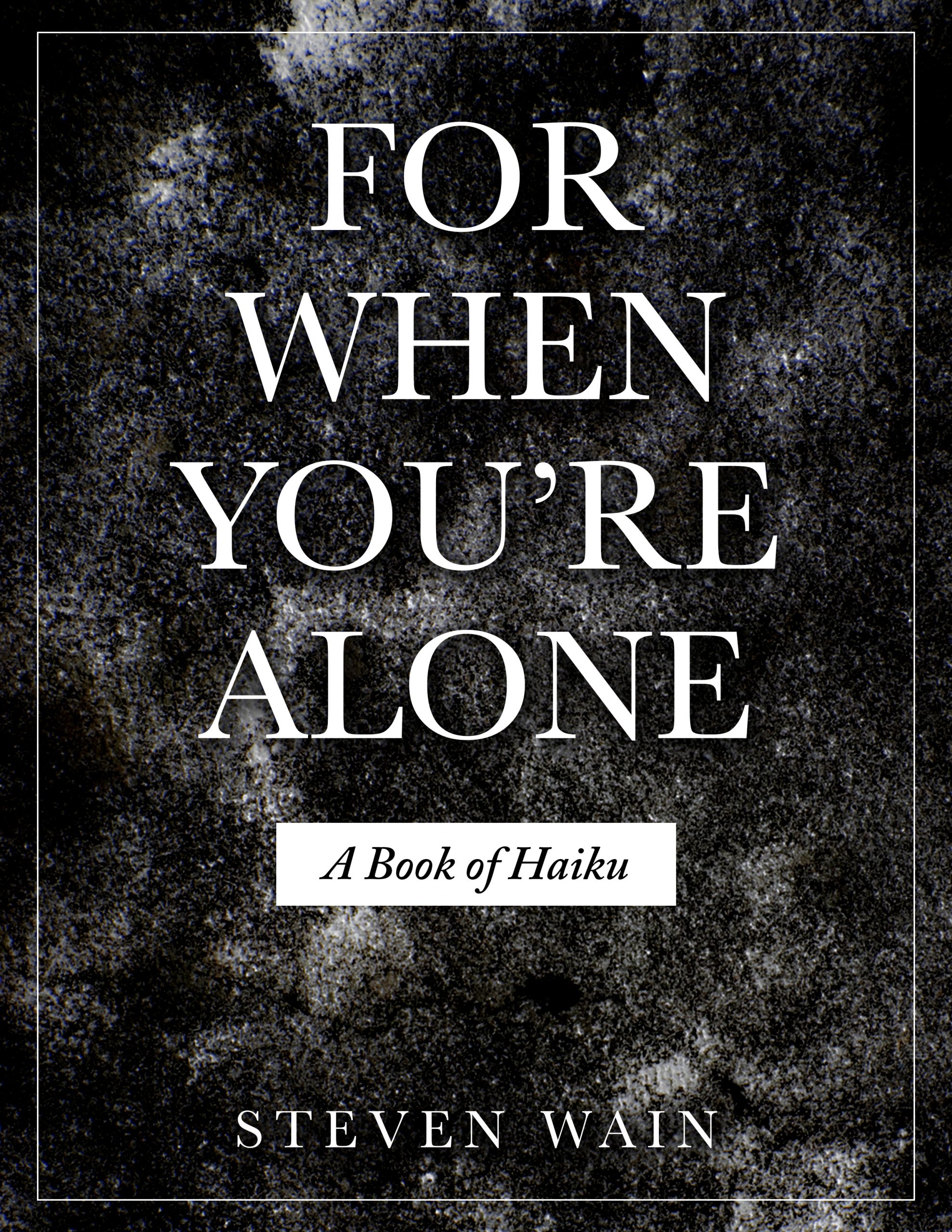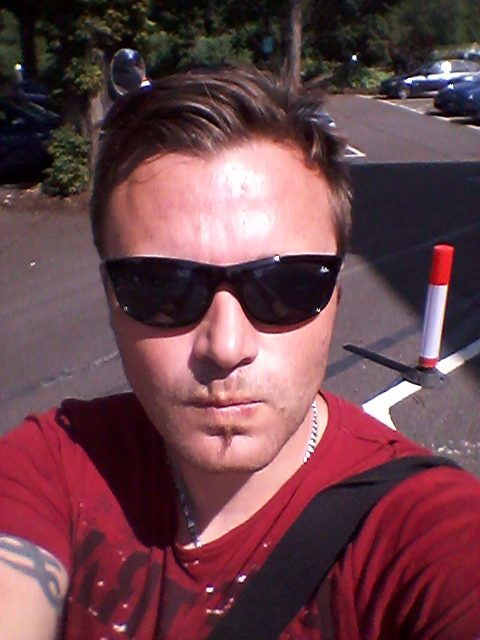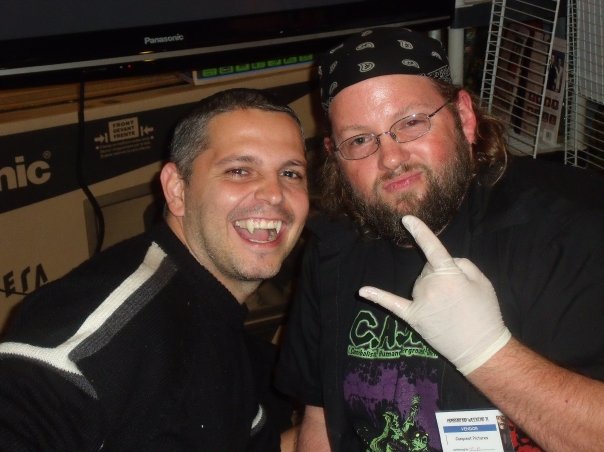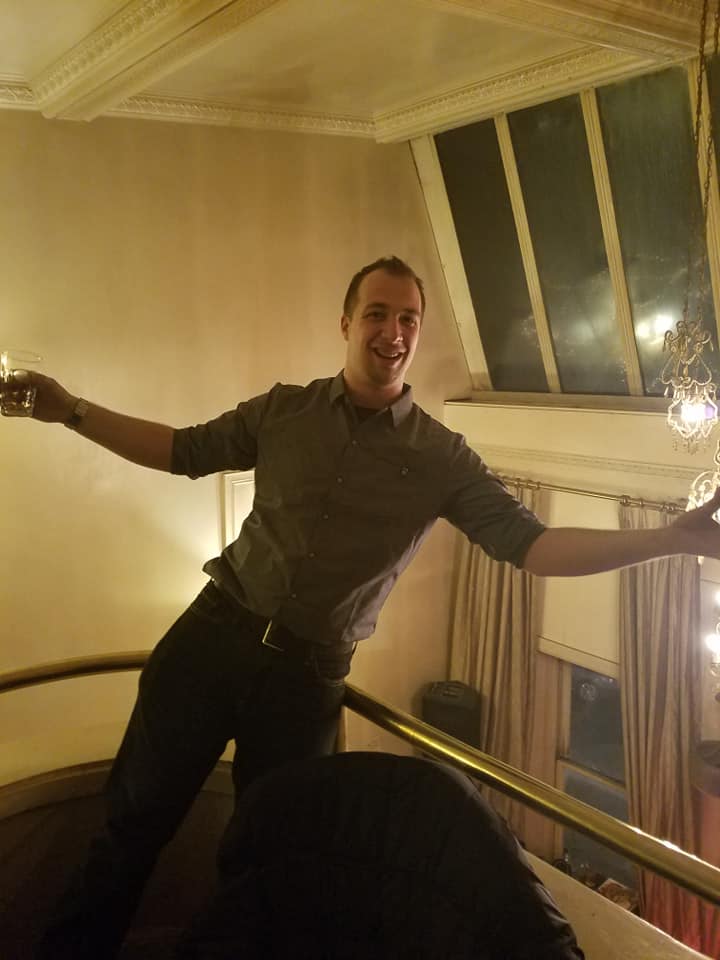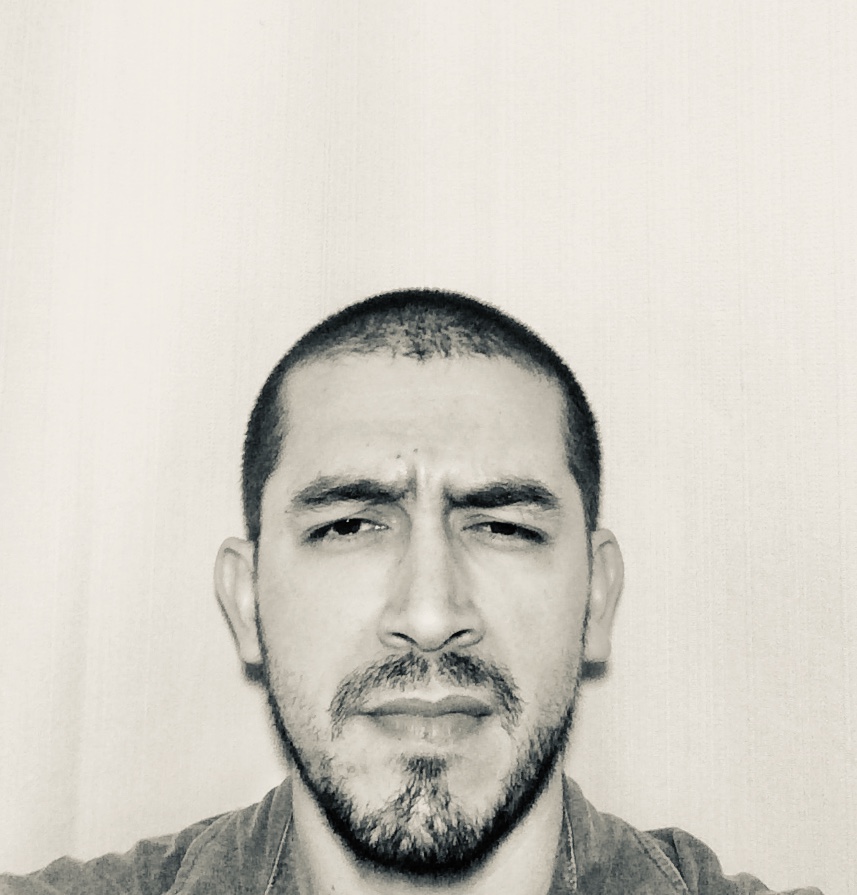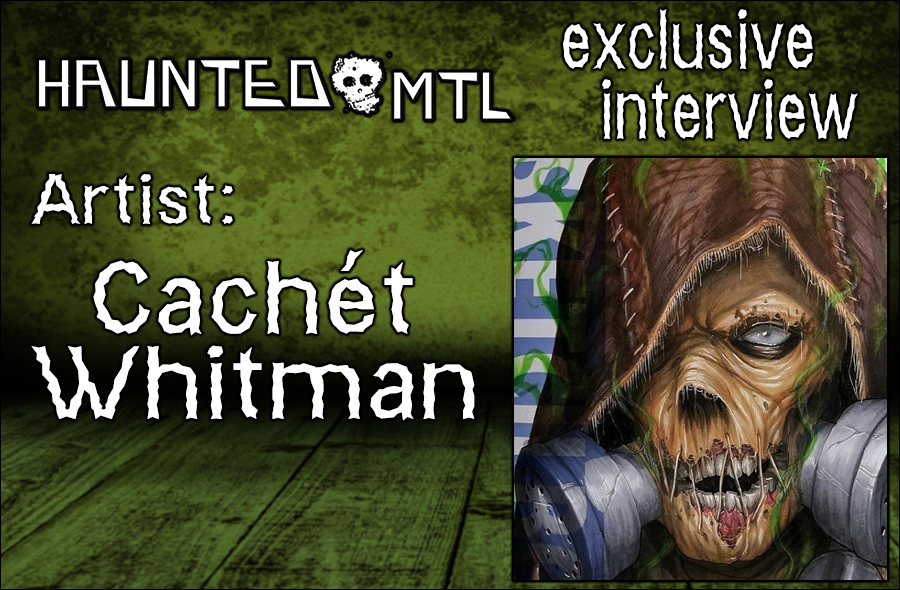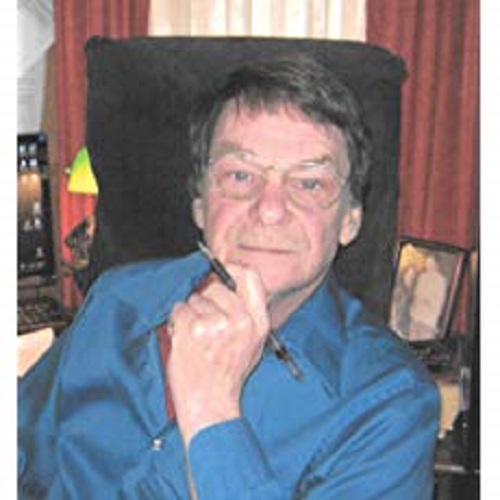
Interview: Horror/Sci-Fi Author T.A. Bradley
More Videos
Published
5 years agoon
By
PARZZ1VALHaunted Houses and Vampires go to terrifying depths in Thomas A. Bradley’s fiction. Reading along the line of Dean Koontz, his words are meant to take you so far into the story, you’ll forget you’re even reading. Follow along to learn about the Sci-Fi/Horror novelist and his accomplishments.
With all the creative outlets available to you, why write?
“Well, there’s always the likelihood of becoming rich. Haha.
“I suppose I write because I love the process and the challenge. I’d been writing stories since I was little, though nothing ever came of any of that. It wasn’t really serious writing. I’ve always had a very good and vivid imagination – an excellent asset. Writing allows me to create adventures, albeit dark ones in my particular genre, which take the readers to places and spaces they can’t find on maps (though I often do use real locations as either a main setting or as background periphery).
“I mentioned a challenge. To do my job correctly, I need to use, not just the right words and phrases, but the best, words and phrases in the best order so that the reader no longer realizes she’s reading. Another challenge, one faced by all writers of fiction, particularly science fiction and horror fiction, is to make the incredulous as acceptable as finding a bottle of milk in the fridge. Not an inconsiderable task. When I meet these challenges and succeed, I can draw the reader out of his chair and into a dimension of the surreal that I’ve created. I will open the box in her brain that hides the fear and set it loose to run rampant for 300 or more pages before safely returning it and him back to his normal world. To be able to do that is an awesome power.
“So…What could be more fun than that?
“A reader once told me that while reading one of my novels: “I was in the cemetery fighting with them.” That’s why I write. There isn’t a better compliment to be had about a story you’ve written or a better feeling about what you’ve accomplished.”
Why Horror?
“Why Horror is a difficult question to answer. It is something that I’ve just been drawn to all my life. Starting way back when with the advent of the first B-movies with Vincent Price and Boris Karloff and Christopher Lee, I fell in love with the idea of the supernatural. Those themes and movies provided an outlet for allowing yourself to be scared, if only temporarily, by things you knew could never really exist or ever really hurt you.
“Understand, I grew up in the era of civil unrest, race riots, and Vietnam. Those were real things to be afraid of. So, for whatever reason, I latched onto the horror that only existed in the novelist’s or screenwriter’s mind. And eventually, I wanted to keep that outlet going for everyone else who enjoyed the same. The bottom line is – it’s what’s inside me, so that’s what I write.”
Tell us about your writing process.
“The physical process is pretty straight forward. I’m in my office and at my computer by 7:30 every morning and work until lunchtime – usually between 11 and 12. By 1 P.M. I’m back to work until 4:30 or 5:00, depending on how the work is flowing. The mental and creative processes are a lot more convoluted.
“As a story unfolds, I allow the characters and action to drive it. I begin with a premise and set everything in motion. One action or scene usually dictates what’s necessary or wanted in the following scenes. When I reach a certain point, usually somewhere at or just beyond what I would consider the middle of the work, I’ll stop and outline the ending so I know where I’m going to ensure I have no plot holes and/or discrepancies in what has come before. In effect, I fire my characters and remove the “control” I’d given them to begin with. (Note: They can be stubborn buggers, and do not always accept being let go, and sometimes continue to give me trouble).
“This method works well for me but is certainly not without its headaches and drawbacks. There have been multiple occasions in which my characters (I’ll blame them) have written me into corners, necessitating going back and re-writing major parts while trying to keep the timeline intact. (Keeping the timeline intact is one of the hardest things to do during re-writes, especially if the story is being told strictly chronologically – meaning one day follows the next without jumps in weeks or months). It is not unusual for me to have 20 – 30 drafts before a novel is completed and ready to begin the real editing. As an example, my novel The Covenant of Wickersham Hollow had 46 drafts before it finally reached the final edit and publication stage. It began with the title: Witch Hill, which had a single draft and eventually morphed into: The Taking of Annabel’s Soul. That iteration had 23 drafts before being reworked and finally renamed The Covenant of Wickersham Hollow, which had 22 drafts before reaching final edit and eventual publication under that title.”
Which piece are you most proud of, and why?
“There are actually two of my five published novels of which I’m most proud, each for different reasons. The first is The Shadow Demon. This novel is very loosely based on the Native American Lenape Lenni culture. The research that went into it was extremely interesting and informative. Being a bit of an introvert, I mustered my courage and reached out to Chief Bob Ruth, who, to my surprise, as I am virtually an unknown author, graciously and patiently answered all my questions throughout a series of interviews. It was a fantastic experience and journey, and I believe it’s one of my best novels. The other novel I’m proud of is the aforementioned The Covenant of Wickersham Hollow. I think this is my best-constructed novel. It moves seamlessly back and forth between past and present as each twist and turn and mystery is revealed. It challenged me on a number of levels and was without a doubt the most complicated novel, in terms of timing and storyline, that I’ve ever written.

“There are actually two of my five published novels of which I’m most proud, each for different reasons. The first is The Shadow Demon. This novel is very loosely based on the Native American Lenape Lenni culture. The research that went into it was extremely interesting and informative. Being a bit of an introvert, I mustered my courage and reached out to Chief Bob Ruth, who, to my surprise, as I am virtually an unknown author, graciously and patiently answered all my questions throughout a series of interviews. It was a fantastic experience and journey, and I believe it’s one of my best novels. The other novel I’m proud of is the aforementioned The Covenant of Wickersham Hollow. I think this is my best-constructed novel. It moves seamlessly back and forth between past and present as each twist and turn and mystery is revealed. It challenged me on a number of levels and was without a doubt the most complicated novel, in terms of timing and storyline, that I’ve ever written.”
How Does a story start? An Idea, thought, scenario, etc.?
“A lot of times, a phrase will pop into my mind that I think would make a good title. Then I’ll take some time and ask myself, “What can I do with that? Where could I go with that? That method held true for three of my five novels. Blood Tracks, Primordia, and The Shadow Demon all grew out of the title coming to me first. Blood Tracks, a vampire novel, was a kind of two-for-one. The title not only popped into my little noggin, but so did the opening paragraph, virtually at the same time. It was a consequence of using a character from a previous novel. Because I knew what he had gone through, and where it had led him, the opening paragraph just fell into place. The character in question was Father Gabriel Jacobs from my first novel, Relic of the Damned. He is a priest escaping from himself and the horrible experience of his past. The paragraph ran: He told himself it was the booze. But that was a lie. It was the nightmares – six years of them. It was the goddamned nightmares that had walked him to the bottle – that had held his hand and told him a little nip here and there would make all the demons go away. It was the goddamned nightmares. But he told himself it was the booze.
“The truth is that each novel stems from something different, usually a title, but not exclusively. The title Primordia popped into my head first, and after some thought, the scenario was developed out of my personal experience of having a pacemaker implanted. I asked myself, What would happen if the pacemaker was too good, and resurrected a murder victim?“
List some of your favorite writers or pieces and tell how your work has been influenced by them.
“Gosh, that’s a very difficult question. I’m an avid reader and my tastes run from Shakespeare, through Daniel Keys and Poe and Isaac Asimov all the way up to Robert McCammon, Dean Koontz, and Stephen King.
“Some of my favorite works, in no particular order are: Flowers for Algernon, Swan Song, Stinger, The Shining, ‘Salem’s Lot and The Stand. As far as writing horror goes, I would have to admit that I’ve learned the most from reading King. His character development and the way he weaves a tale have really influenced my writing. So much so, in fact, that if I find myself struggling with a difficult section or new chapter, I’ll grab a King book (any will do) and read for an hour or two before returning to writing. And it almost always helps.
Where can we find your work?
“All of my works can be found here: https://www.amazon.com/T.-A.-Bradley/e/B007XZP09Q as well as on my website: www.thomasabradley.com“
In final notes, “I was born in Pennsylvania and now live in Drexel Hill with my wife and our German shepherd. I served with the Army Medical Corps during Vietnam. I hold a Bachelor’s degree in Microbiology and did my Master’s work in Virology. I have worked for a number of biotech companies as a virologist, some with biodefense contracts with the government.
“My short stories have appeared in magazines, both print and online. Relic of the Damned: The Coming, Part 1 of a two-part novel, achieved finalist status in the 2014 Kindle Review’s Kindle Best Book Awards for horror.
“I am currently at work on a new novella series called The Cleaners. Book 1, The Bones of Sarah Golescu is nearing completion at the time I’m writing this. Think of this series as a kind of Supernatural meets The Man from U.N.C.L.E.“
What do you think of our interview? Who should we interview next? Check out some of our other interviews with Horror Artist John Clayton, or Horror Comic Author Jesse James Baer. Drop us a hint in the comments below or find us at the following places:
- Facebook @Parzz1val
- Twitter @HauntedMTL or @Parzz1V
- Email @ parzz1val@yahoo.com
Interviews
T+E Channel’s My Haunted Hometown: Small Town with Big Secrets
Published
8 months agoon
August 31, 2024By
Jim PhoenixMy Haunted Hometown interview – Barb Dexter
To start off check out our exclusive interview with Barb Dexter from My Haunted Hometown! Prepare for spine-tingling tales as Barb Dexter unveils her shocking personal ghost encounters on T+E Channel’s gripping paranormal series, “My Haunted Hometown”. Don’t miss exclusive behind-the-scenes insights and emotional revelations that will leave you questioning reality. Premieres Friday, September 6th at 10 PM ET/PT.
Click the trailer for My Haunted Hometown and set your clocks for the premiere 6 Sept!
Want to know more about T+E Channel’s My Haunted Hometown?? Check out the trailer below (and make sure you watch the show as it airs Friday 6 September, 10PM PT/ET only on T+E!
If you ever wondered what it was like to be in a town with a dark history–and live in a forever home that might be forever occupied by spirit energy, then you need to check this episode out!
Why T+E Channel’s My Haunted Hometown hits
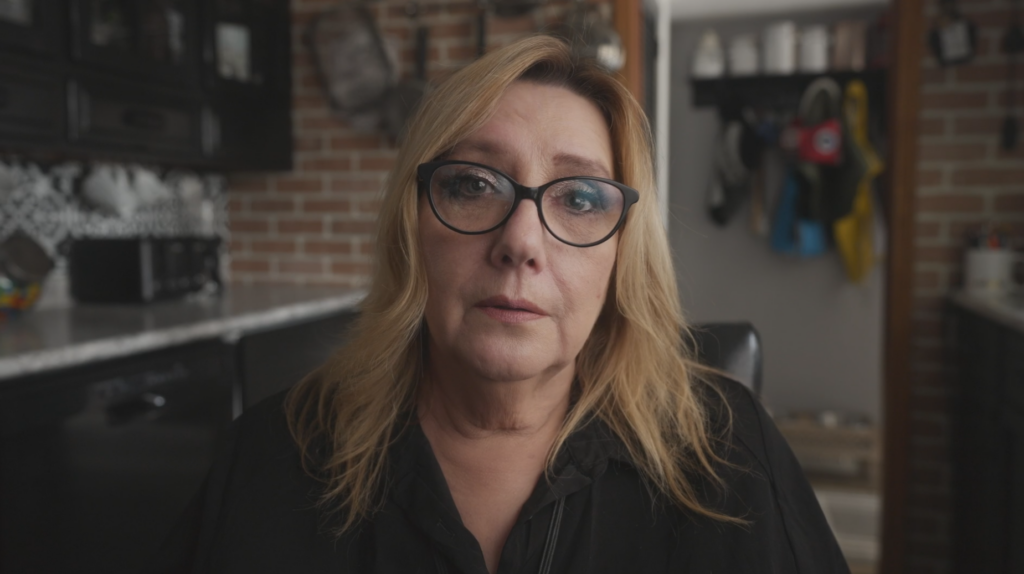
The production value works. The camera. The crew. The sound. The editing. The PR team. These are all great assets–and the best asset of them all? The people in the show.
We have all seen shows where the ghost story is made up. It’s usually some quick cash grab for a celeb (although there were some great truly well done celeb ghost stories, too!) or just some channel/content filler type thing. This is not that….this is what every ghost show should be.
The crew sits down. The people are taken seriously. They are giving a channel to voice their story and by sharing their story, they get to grow and sometimes heal from the telling. We draw strength in knowing we are not alone.
When the episode starts, your emotions range from being afraid for the people to being all warm and fuzzy with knowing that these people are opening themselves up to you and you are not alone.
If you have any paranormal experience, these stories will help you feel a bit more whole.
If you are a believer, this is your show.
If you are a doubter, this is your show. You might still doubt, but you won’t doubt that these are real down to earth people giving witness to what they saw.
See why we call the T+E Channel the Blumhouse of TV and catch the free preview on T+E Channel from Sept 2 to Nov 3
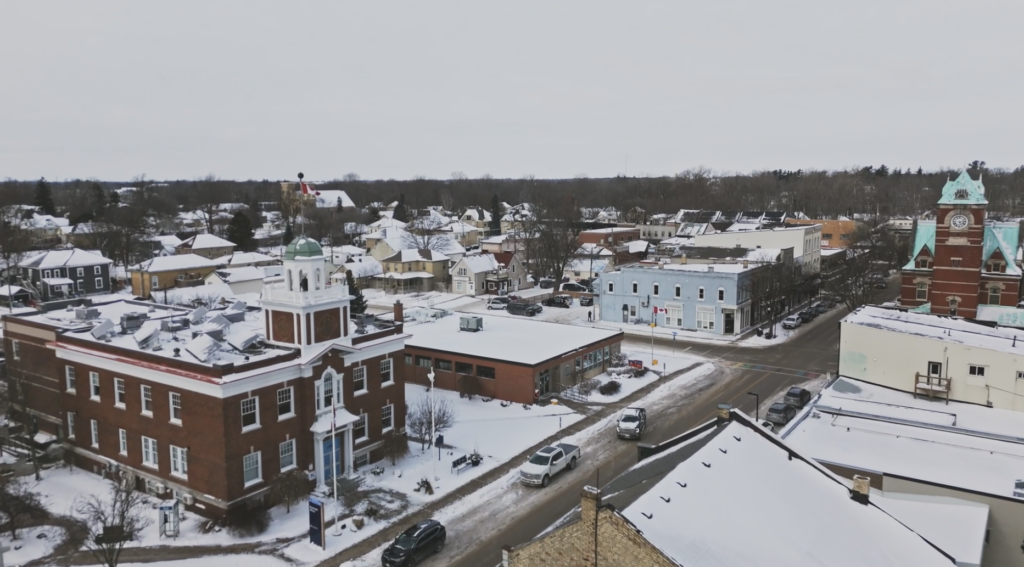
The Setting
I think small towns work well as a setting. If you recall most of Seth Breedlove’s movies are SMALL Town monsters. If you recall our interview with Harker Jones’s interview the scary horror wasn’t the city of LA but the SMALL Town where you are a bit more isolated.
Not only does the setting work because of the more remote feel, but it works because of the people. The people in the show make the show. They are relatable. They are down to earth. They are easily your next best friend after moving into the neighborhood.
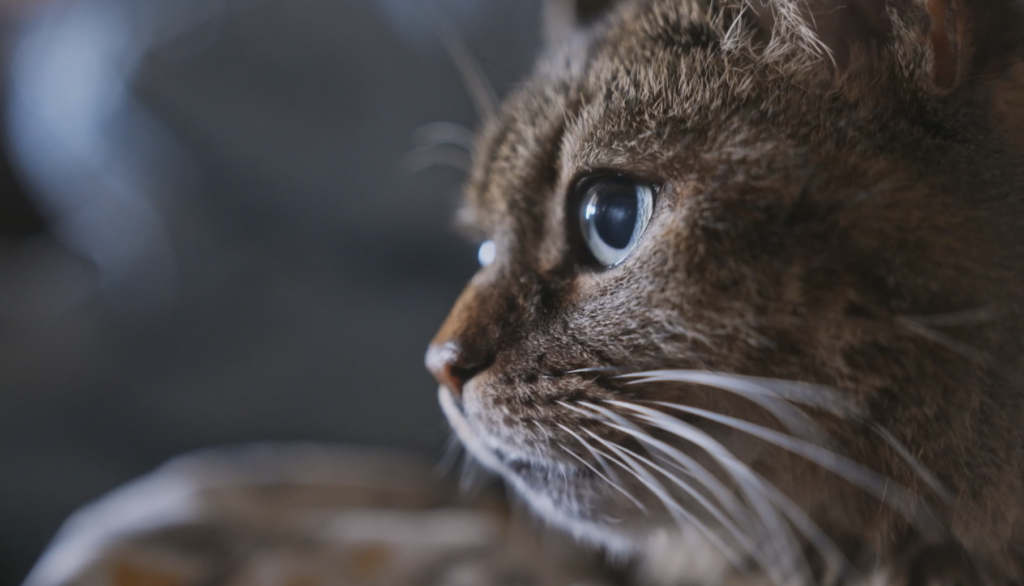
Also, if you are a fan of cats and dogs–there are a few of the most adorable furry friends ever in this episode.
The Rating and Where to Watch
After watching the first episode, I can’t wait for the rest! I’m sure to check it out when they drop every Friday in September! Won’t you join me? 🙂
See what all the rave reviews are about (5/5 Cthulhu!) and see why we call the T+E Channel the Blumhouse of TV and catch the free preview on T+E Channel from Sept 2 to Nov 3 – your gateway to the supernatural! Tune in and share the thrills with #MyHauntedHometown and #TEonTV. Are you brave enough to watch?
 (5 / 5)
(5 / 5)
Gaming
🎮 Eldritch Automata: Exclusive GenCon 2024 Reveal with Nick Francia!
Published
9 months agoon
August 25, 2024By
Jim PhoenixStep into the mind-bending world of Eldritch Automata as we sit down with Game Designer Nick Francia at GenCon 2024!
Uncover the secrets behind this Lovecraftian mecha-masterpiece and get a glimpse of what’s to come.
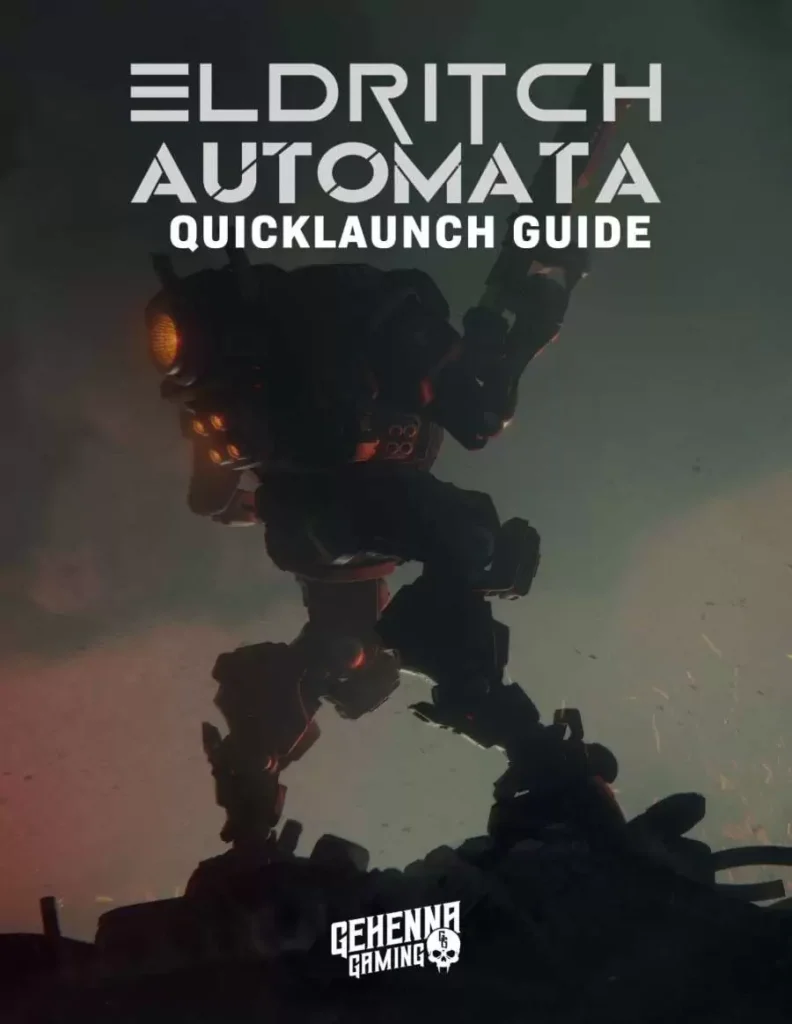
In this exclusive interview, Nick Francia shares:
• The intricate game development process • Inspirations behind the eerie Lovecraftian elements
• Unique mecha-infused gameplay mechanics Calling all Lovecraft fans! Dive into a world where eldritch horrors meet steam-powered marvels.
Eldritch Automata promises an unforgettable gaming experience that will keep you on the edge of your seat.
👉 Ready to embrace the madness? Check out our playable demo at a con near you! #EldritchAutomata #GenCon2024 #LovecraftianGaming #IndieGameDev
Gaming
Interview with Creative Director Michael Highland: Let’s! Revolution! @ PAX
Published
1 year agoon
April 19, 2024Another game I had the chance to play at PAX East was, Let’s! Revolution!, a Minesweeper-inspired roguelite puzzle game by animation (and now game) studio, BUCK. I talk more about the game itself in another post. Here, I wanted to highlight the conversation I had with Michael Highland, the Creative Director for Let’s! Revolution! and his journey through video game development.
How did you become involved in video game development?
I studied digital media design in college; this was before there were many programs dedicated to game development. After graduating, I self-published a mobile game called Hipster City Cycle with friends. Over the next few years, I slowly got more freelance work as a game designer, and eventually landed a full-time role at thatgamecompany working on the follow-up to their 2012 GOTY Journey. I worked my way up there and was eventually the Lead Designer on Sky: Children of the Light. Working at thatgamecompany opened a lot of doors professionally. I eventually wound up at BUCK, where I saw the opportunity to help establish a new game studio within a very vibrant existing creative culture.
What has been the most challenging aspect of the development process?
Each studio has its own unique issues based on the people involved. There are commonalities like the need to fight feature creep and building consensus around ideas early in the process when all you have is an abstract grey box prototype to react to. At BUCK the biggest challenge has been channeling the abundance of creative energy and talent into a shippable product. There’s a ton of enthusiasm for games within the company, and without clear product-centric goals (who is the target audience, what platform are we releasing on, what’s the marketing strategy), projects have the tendency to spiral out of scope. Another challenge has been building credibility with publishers. BUCK has an amazing pedigree for animation and design, maybe the best in the world, but when we initially pitched ideas to publishers, they all said the same thing: looks great, but until you’ve shipped a game, you’re too high-risk. That’s what led to us self-publishing Let’s! Revolution! Now that we have a well-reviewed game out in the wild, I feel confident we’ll have more luck with publishers.
BUCK primarily has its roots in animation, what led the decision to start branching into video game development?
It started with a general excitement about the medium and a desire among the staff to work on a game. Leadership at BUCK is all about providing the staff with exciting creative opportunities, and getting to work on a game, is, for some, a creative dream come true. And putting BUCK content out in the world is a point of pride and a boost to morale. From a business perspective, the fact we can staff out game projects with the top animation and design talent in the world is a huge advantage. We’re already starting to see new opportunities for the service side of the business based on the success of Let’s! Revolution!
The art, unsurprisingly, is delightful. What were some of the priorities during the character design process and how did those influence the final hero designs?
Our Art Director Emily Suvanvej really led the charge on the look of the game. There are obvious influences like Studio Ghibli, Moebius, and Steven Universe. My shared goal with Emily was to make something together that reflected the diversity of the team’s artistic and lived experiences. The artists put so much love into the character designs and animation, it really shows.
Some of the primary game mechanics take inspiration from Minesweeper, what was the process like to create your own interpretation of those classic mechanics?
This article goes into depth on this topic. The TLDR is that we took a very iterative approach, at each stage trying to identify what was working about the prototype and lean into that. The initial game concept came together relatively quickly in part because our goal for this project was just to finish a game. We just focused on what was good and kept building on it. I wouldn’t say the final game is “perfect” – but we wound up with a much bigger and higher quality experience than I expected by not letting perfectionism get in the way of making good better.
Is there anything else you would like to plug or that you think is important for people to know about Let’s! Revolution! or other upcoming projects?
The music and sound design for the game is stellar. We worked with a creative audio company called Antfood and they knocked it out of the park. The audio got an honorable mention from IGF, which I think is extra impressive because most of the other games were audio-centric titles with some unusual hook to the sound design. For the OST, Antfood reworked all of the music from the game into a continuous flow, like a concept album. It’s so good. I love working with them.


